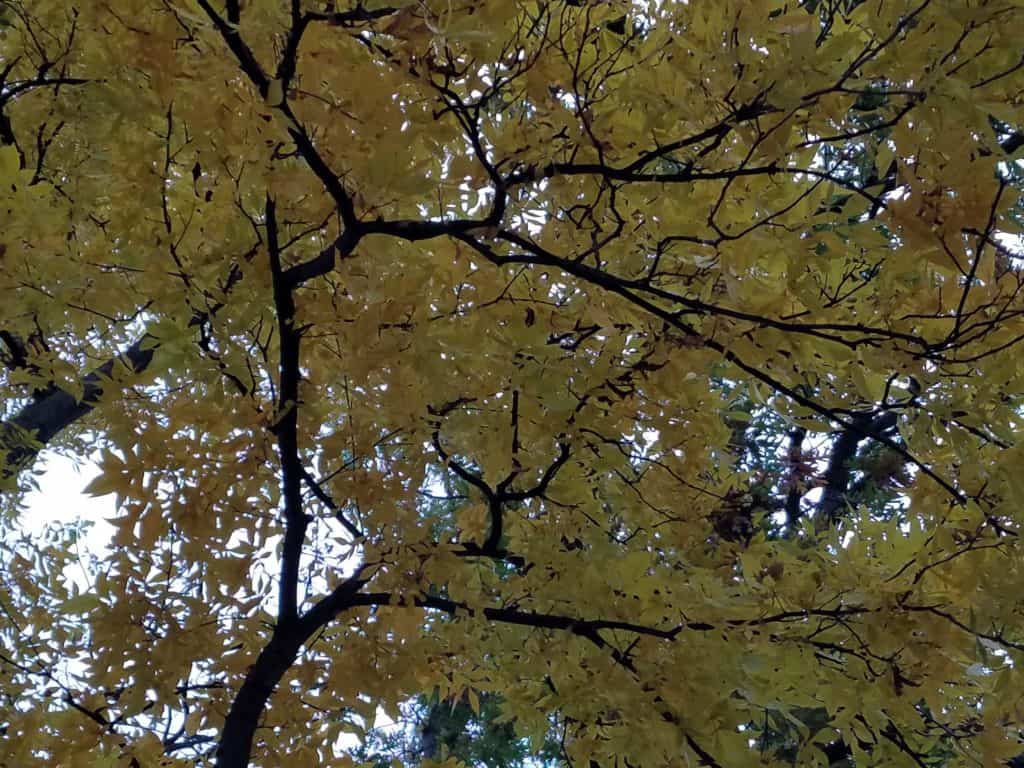
The trees steeled themselves against the leaden gray sky like valiant soldiers awaiting battle. Soft breezes quickly turned to fierce bursts, and the trees became animated and agitated as masses of foliage were ripped violently from their limbs, crashing to the ground.
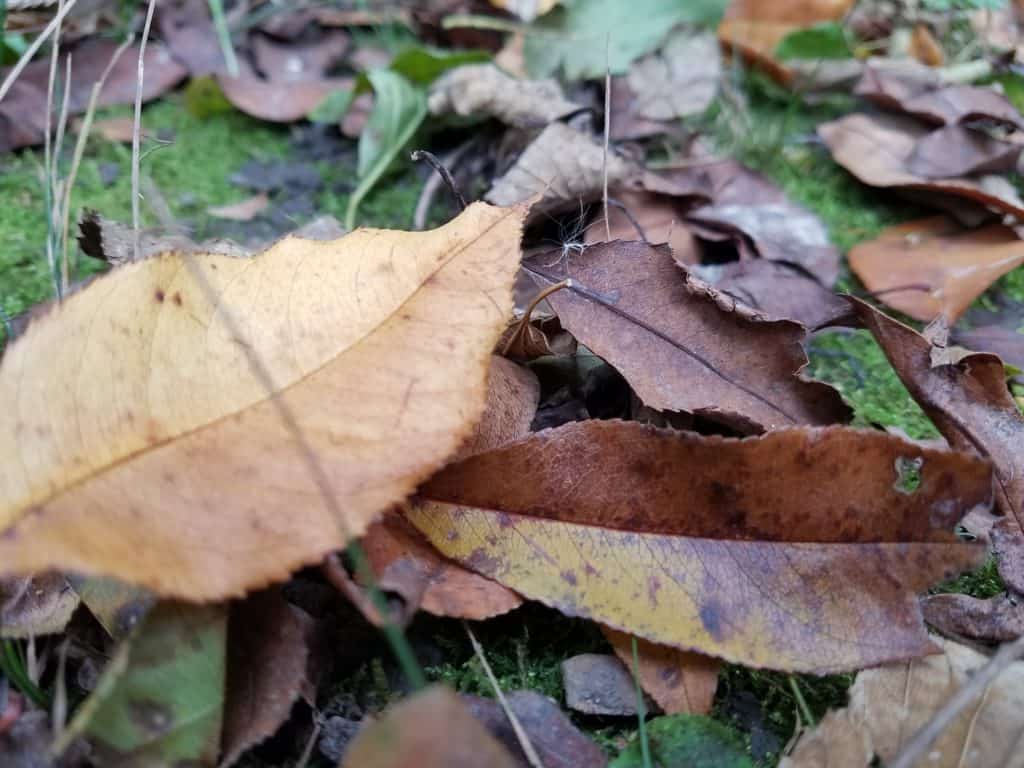
The carefree nature of Fall seemed to have become more solemn and serious as we neared the tumultuous grasp of November.
As we continue our preparations for Winter, we must consider our container gardens. Now is the time to act as the soil in containers is more susceptible to the damaging effects of frost, and roots can freeze more easily than those plants who find their homes in the ground. So, what to do?
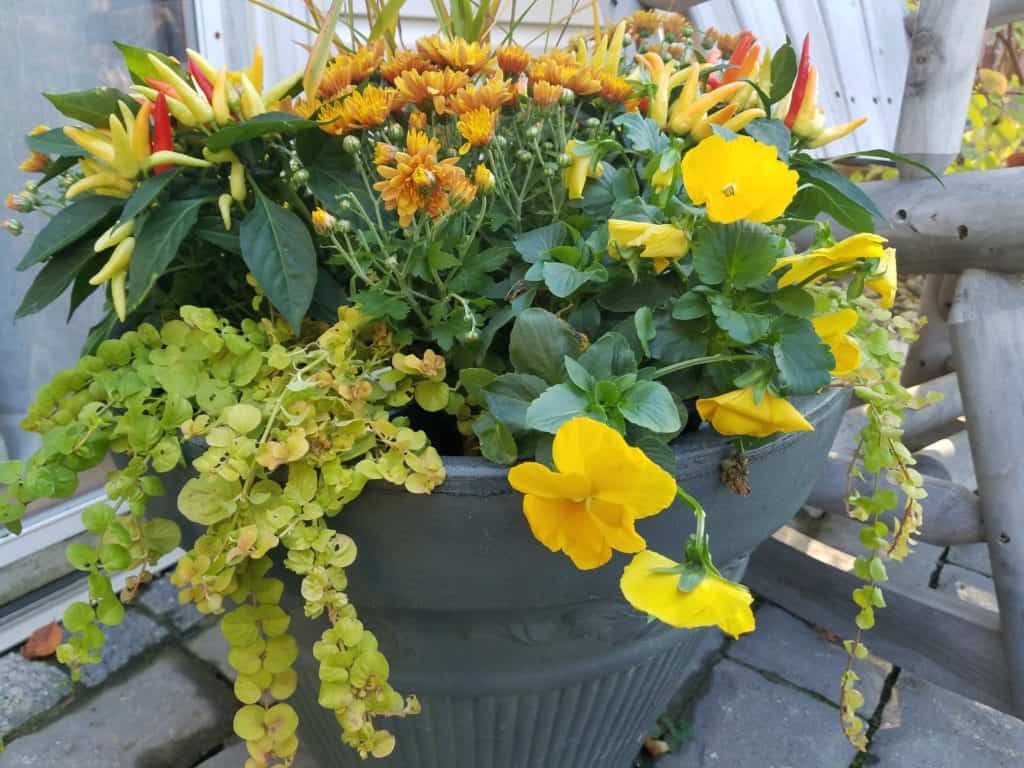 Basically, you have three options. The first is to bring containers indoors. Containers should be migrated when temperatures are consistently below 60 degrees. Not all plants should be overwintered. Look to save only those plants that are healthy and free from any type of disease or infestation. Don’t be a hero. Plants that have struggled throughout the Summer should be tossed.
Basically, you have three options. The first is to bring containers indoors. Containers should be migrated when temperatures are consistently below 60 degrees. Not all plants should be overwintered. Look to save only those plants that are healthy and free from any type of disease or infestation. Don’t be a hero. Plants that have struggled throughout the Summer should be tossed.
Once indoors, placement is critical. Full sun plants should be placed near south-facing windows. Partial sun plants should be placed near east or west-facing windows. Always try to keep plants away from drafty doors and vents.
The second option is to leave containers outside. Please remember, not all plants are hardy enough to survive our winters, but those that are can be saved and protected. It is recommended that you cluster your containers in a tight grouping in a somewhat protected area, like an overhang or south-facing wall, where the plants will have some protection against the elements. Containers should also be mulched or covered with leaves to help insulate the soil and roots. Some homeowners have even created screens, using burlap, to help further protect from wind and sun scald. Keep your plants slightly tilted to one side. Because the ground will most likely freeze below the container, water cannot drain properly. Lastly, make sure the pot itself will be able to survive the winter. Generally speaking, the more porous the container, the more likely it will crack.
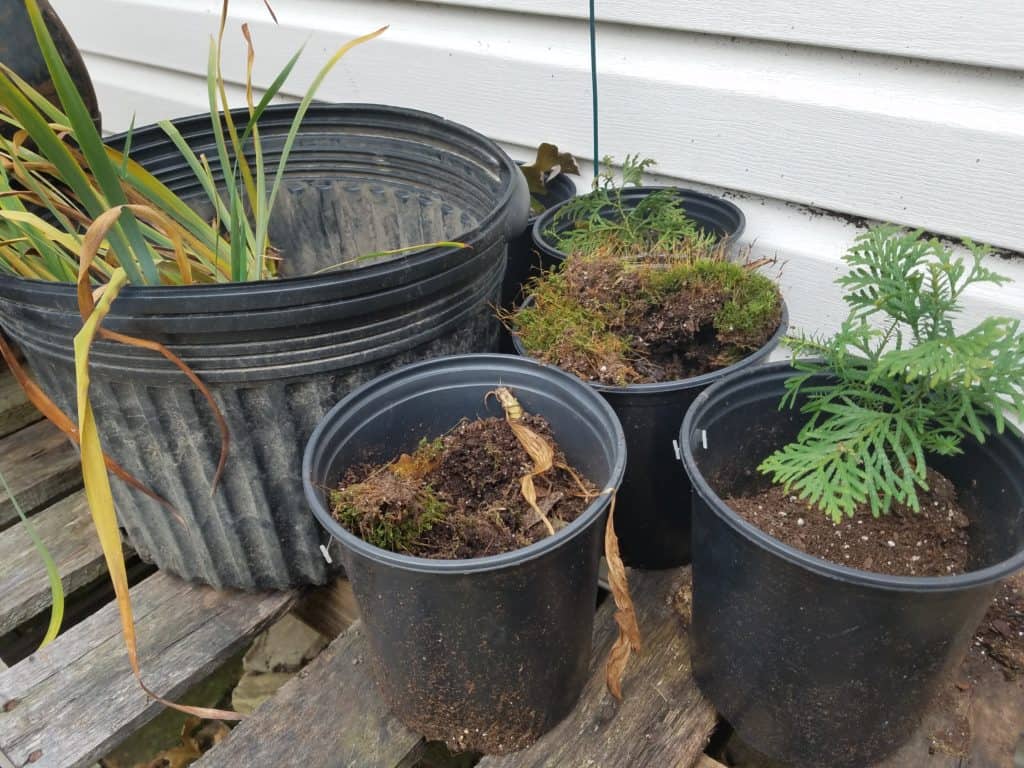
The third option is to transfer the plants directly into the ground. Of course, this requires a bit more work, but is probably the best and safest option.
Overwintering containers and container plants can be risky business and not all will survive, but many will, and come Spring you’ll be ahead of the game. As always, reach out to Sweeney’s for any overwintering tips or assistance.
Plant of the Week
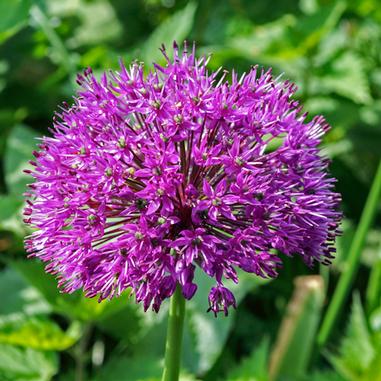
Allium Purple Sensation
Large, deep purple, globe-shaped flowers bloom atop sturdy stems May – June. Prefers full sun and moist, well-drained soil. Grows 24-36″ tall and 12-18″ wide. Attracts bees and butterflies. Deer resistant.
“When chill November’s surly blast
Made fields and forests bare…”
Robert Burns
Best wishes,
Kim Sweeney
